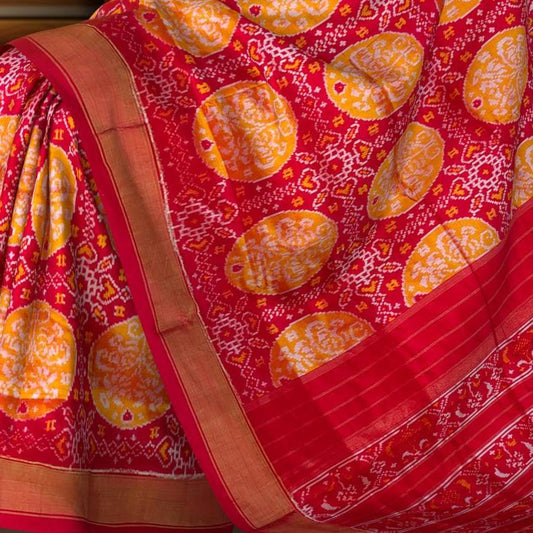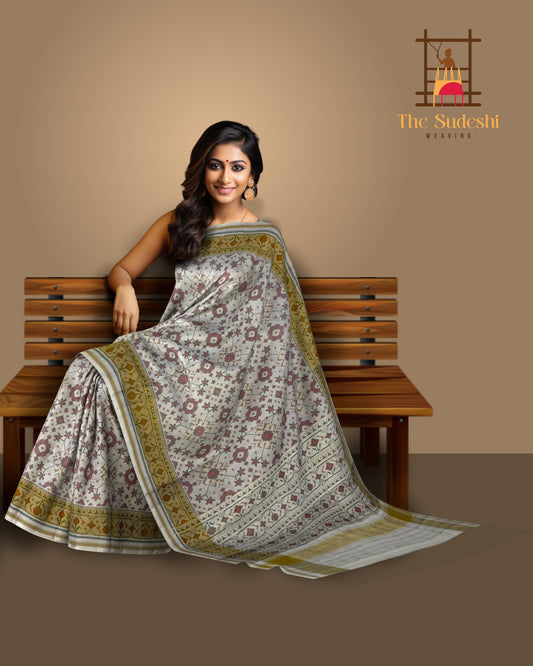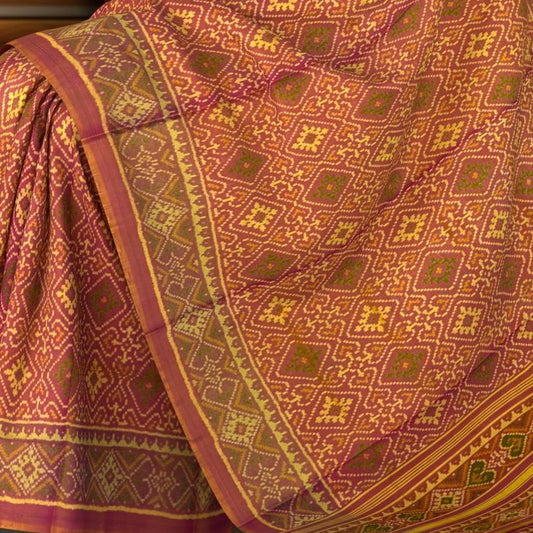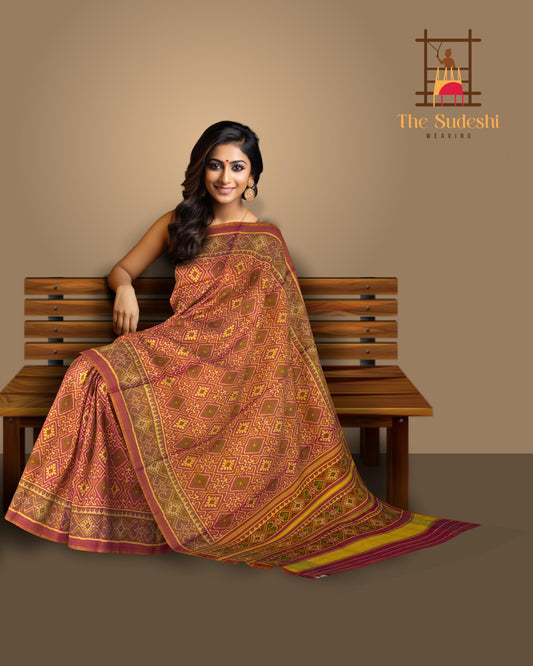The Journey of Handloom Threads: From Fiber to Fabric
Handloom weaving, with its rich heritage and intricate artistry, is a symphony of tradition and craftsmanship. But before the weaver even begins to weave magic on the loom, there’s a fascinating story that unfolds — the making of the thread itself. Understanding how handloom threads are created helps us appreciate not just the final fabric but the deeply rooted process that breathes life into it.
The journey starts with the harvesting of raw fibers. Cotton, silk, wool, and linen are some of the most commonly used materials. For cotton, the fluffy fibers are handpicked from the plant. In the case of silk, threads are carefully unraveled from the cocoons of silkworms. Each fiber is sourced with care to ensure only the best quality threads are produced. This first step is crucial because the purity and quality of the fiber directly influence the strength and sheen of the final handloom fabric.

Once collected, the fibers go through a thorough cleaning process to remove seeds, dirt, and other impurities. Traditionally, this was done manually, combing through the fibers gently. After cleaning, the fibers are carded — a technique where fibers are brushed to align them, making them ready for spinning. Carding smoothens the fibers and prepares them for transformation into fine threads.
Spinning is where the magic truly begins. Using traditional spinning wheels called 'charkhas' or simple hand-spindles, the fibers are twisted and elongated into yarn. The thickness, twist, and strength of the thread are carefully controlled by the spinner’s hands. This skill has been passed down through generations, and every movement is a testament to the weaver's experience and expertise. The rhythm of the spinning wheel mirrors the heartbeat of handloom artistry.
Before weaving, the spun yarn often undergoes dyeing. Natural dyes extracted from plants, roots, and minerals are traditionally used to infuse the yarn with vibrant colors. The yarn is soaked, boiled, and dried multiple times to achieve deep, lasting hues. The colors are not just beautiful but often symbolic — carrying cultural significance and storytelling traditions in every strand.
Finally, the dyed threads are wound onto bobbins and set onto the loom. The warp (vertical threads) is carefully arranged, and the weft (horizontal threads) is prepared for weaving. Setting up the loom can take days, with each thread needing precision placement. Only after this meticulous setup does the actual weaving begin — turning the handloom threads into timeless works of art.

Every handloom thread carries within it a legacy — the hands that spun it, the tradition that dyed it, and the spirit that wove it. When we wear or admire handloom fabrics, we are touching a story that stretches back through generations. It’s a reminder that true craftsmanship is never rushed; it is nurtured with patience, passion, and pride.
Next time you see a beautiful saree, shawl, or kurta, pause for a moment. Imagine the journey of its thread — from a humble fiber to a woven masterpiece.







Leave a comment
Please note, comments need to be approved before they are published.